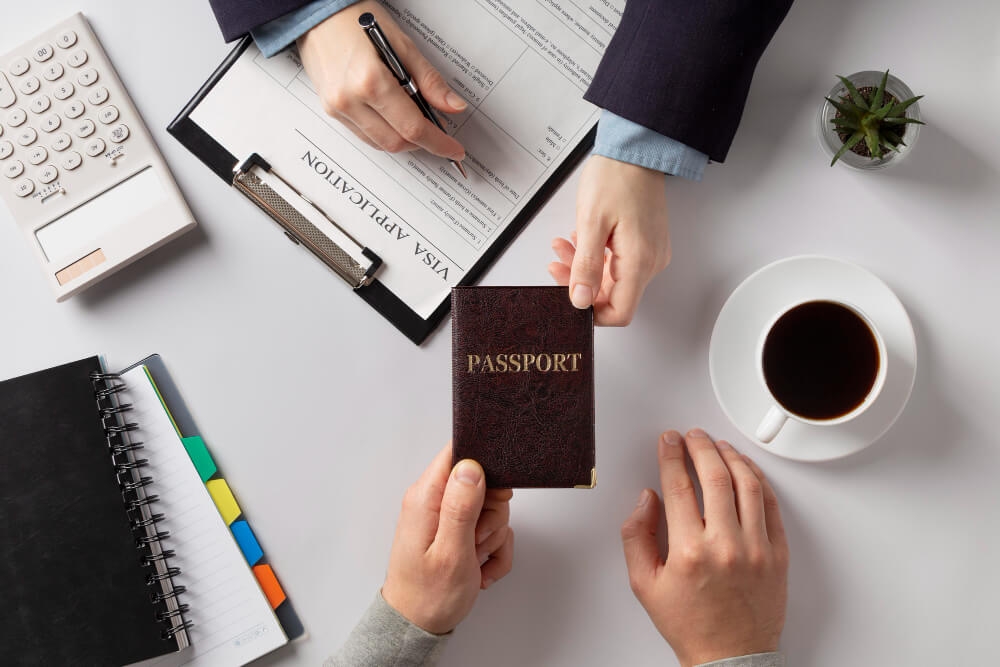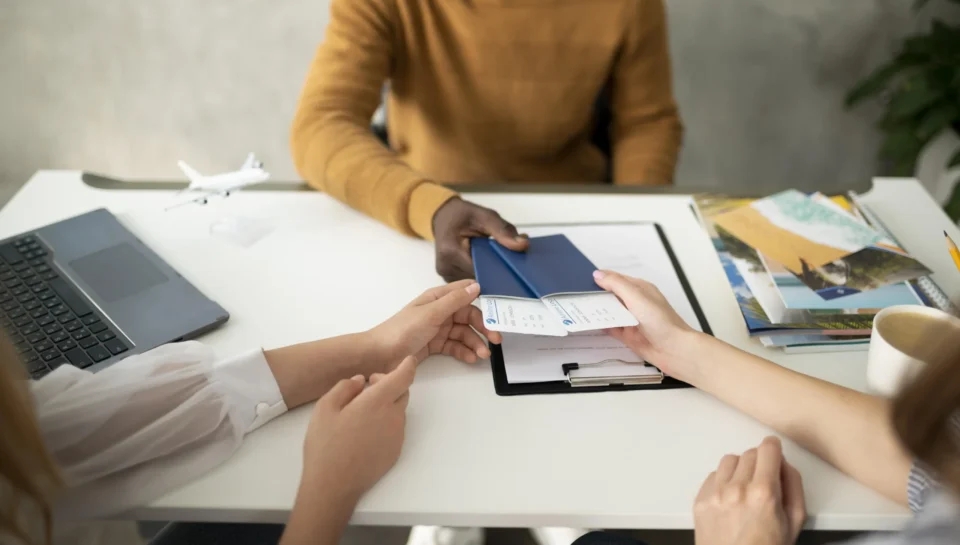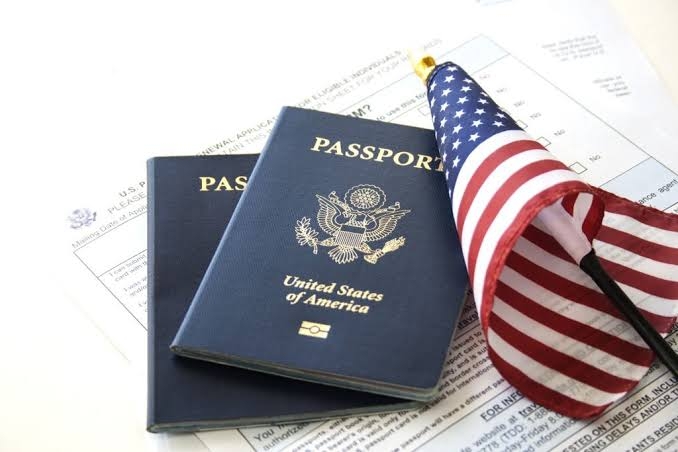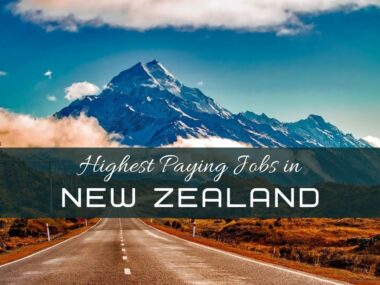Applying for a visa can be stressful, and many people focus only on the main requirements passport, application form, and visa fees. But embassies often expect more than just the basics. Overlooking even one supporting document can cause unnecessary delays or outright denial. This guide highlights the visa application documents most people forget but you shouldn’t. These items are simple but essential, and including them shows you’re prepared, reliable, and serious about your travel plans.
Proof of Ties to Your Home Country
Visa officers need to know you have valid reasons to return home once your visa expires. This is especially important for tourist, student, and temporary work visas.

What to include:
- Employment confirmation: A letter from your employer stating your position, salary, and confirmed leave dates.
- Family documentation: Birth certificates of children or a marriage certificate that shows family responsibilities back home.
- Property or lease agreements: If you own or rent a home, include this paperwork to show you’re not leaving everything behind.
- Ongoing financial commitments: Loans, business ownership, or investments that tie you to your country.
Visa officers often look for evidence of a stable life. Even including school enrollment letters for your children or utility bills in your name can help.
Travel Itinerary or Return Ticket
Not showing clear travel plans might suggest that you’re unsure about returning, which could raise concerns during processing.
What to include:
- Round-trip ticket confirmation: Even if it’s refundable, this shows you plan to return.
- Daily itinerary: A basic plan showing when and where you’ll be each day, especially useful for tourist visas.
- Accommodation reservations: Hotel confirmations or host letters that align with your trip dates.
Use tools like itinerary generators or temporary bookings from travel agencies to support your application without committing fully before approval.
Read: Canada Visa Documents: Everything You Should Know!
Visa Photos That Meet Exact Requirements
Incorrect photos are one of the most common reasons for visa rejections or processing delays.
What to include:
- Recent photo (within 6 months) that meets size and background guidelines specific to the embassy.
- Correct dimensions and format: Some countries require white backgrounds, others prefer light grey.
- Unaltered images: No filters, digital edits, or selfies allowed.
Take your photo at a studio familiar with visa requirements or use an official government photo tool if available online.
Official Translations and Notarized Copies
If your documents are not in the official language of the visa country, they need to be professionally translated and often notarized to be accepted.

What to include:
- Certified translations of key documents like birth certificates, diplomas, marriage licenses, and police clearances.
- Notarized copies: Depending on the country, notarization may be required for both original and translated versions.
Check embassy requirements to see if they only accept translations from government-approved services or sworn translators.
Proof of Accommodation
Visa officers want to know where you’ll stay once you arrive. A lack of this proof may suggest that you’re not organized or planning to overstay.

What to include:
- Rental or lease agreement showing your name, the address, and duration of stay.
- Hotel bookings that match your travel dates.
- Letter from host: If staying with a friend or family member, get a signed letter confirming your stay and their address.
If your accommodation is temporary (e.g., hotel for a few days), explain your plan for long-term housing in a short note or itinerary.
Read: Step-by-Step Guide to UK Skilled Worker Visas
Letter of Invitation (If Visiting Someone)
When visiting friends or family, a signed invitation letter adds credibility to your travel intent and reassures the embassy that someone is expecting you.
What to include:
- Detailed invitation including your name, relationship, length of visit, and purpose.
- Copy of host’s ID or passport to prove their legal status in the country.
- Proof of relationship: Photos, emails, or past travel history can help, especially for family reunification visas.
The letter should be written clearly and include the host’s signature and contact details. Some embassies also require it to be notarized or accompanied by a utility bill from the host.
Travel Insurance with Medical Coverage
Many countries require applicants to have health insurance that covers medical emergencies, especially for short-term stays or study visas.
What to include:
- Policy document with your name, coverage dates, and benefits clearly stated.
- Coverage amount that meets visa rules (e.g., €30,000 minimum for Schengen visas).
- Letter from insurer confirming that the policy covers medical evacuation and emergencies abroad.
Purchase insurance from companies recommended by the embassy or consulate and include both printed and digital proof in your application.
Proof of Financial Support
You must prove you can afford your trip without needing public assistance or overstaying to find work illegally.
What to include:
- Bank statements for the past 3 to 6 months, with your name, bank logo, and clear account balance.
- Sponsorship letter if someone else is covering your costs, along with their bank records and ID.
- Income proof like payslips, tax documents, or property income if self-sponsored.
Avoid submitting only one or two statements. Consulates prefer to see a pattern of financial stability, not just a lump sum.
Read: A Simple Document Most Visa Applicants Forget And It Changes Everything
Supporting Documents for Special Cases
Different visa types require extra documentation that many applicants either forget or underestimate.
What to include:
- Students: Admission letters, proof of tuition payment, and accommodation confirmation.
- Employees: Job offer, contract, company registration documents, and sometimes a tax ID.
- Family visas: Marriage certificates, joint financial records, photos showing relationship history, and past travel together.
Always check the exact list required for your visa type and make sure translations and notarizations are up-to-date.
Final Preparation and Document Organization
Even if you have every document, a disorganized presentation can slow down processing or lead to items being missed.
What to do:
- Use a checklist: Start with your embassy’s official list and then include the overlooked items from this guide.
- Organize into sections: Group documents by category (ID, finance, travel, support letters).
- Make digital copies: Scan everything and store in cloud or email as backup.
- Bring extras: Additional photos, photocopies of all key documents, and a printed copy of your visa application form.
Use a transparent folder or binder with labeled dividers to keep your documents clean and easily accessible during submission. By gathering these often-missed documents, you can greatly increase your chances of a fast, successful visa approval. This extra attention to detail shows consulates that you’re responsible and well-prepared. Always verify the exact requirements with the embassy of your destination country, but use this guide as your safety net to avoid last-minute surprises.


